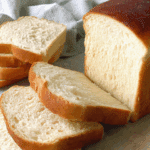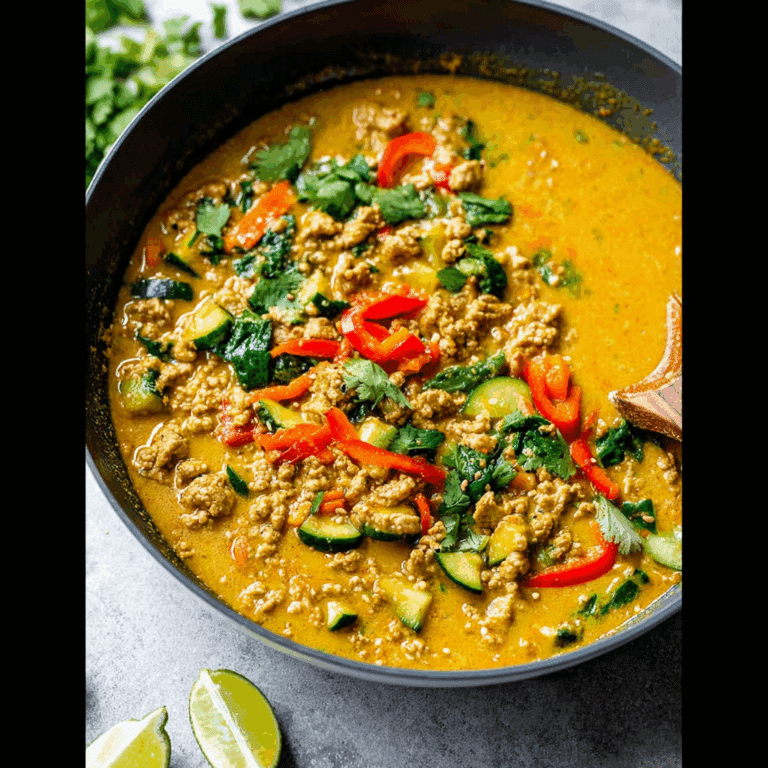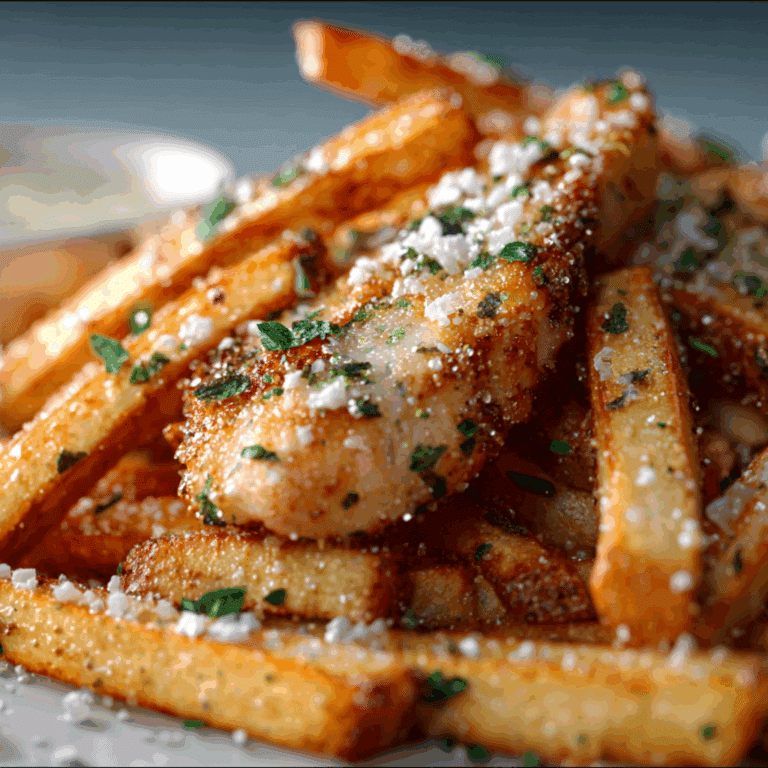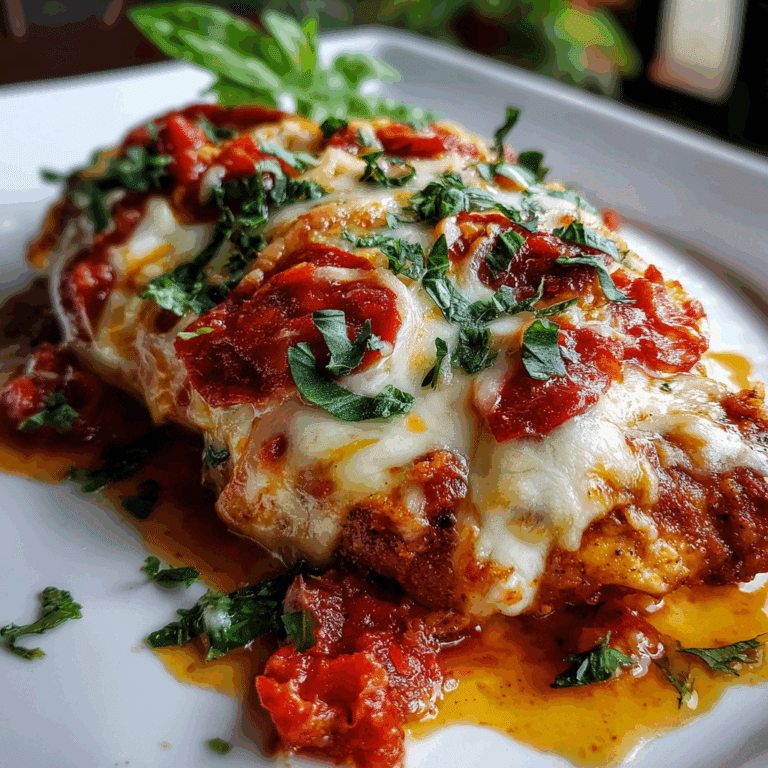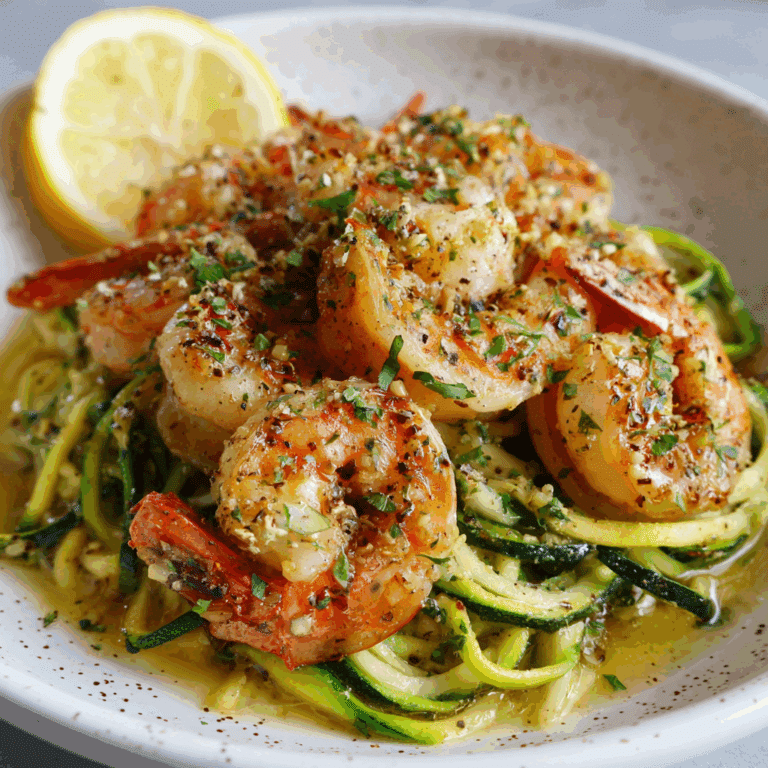How to Bake the Perfect Milk Bread Loaf
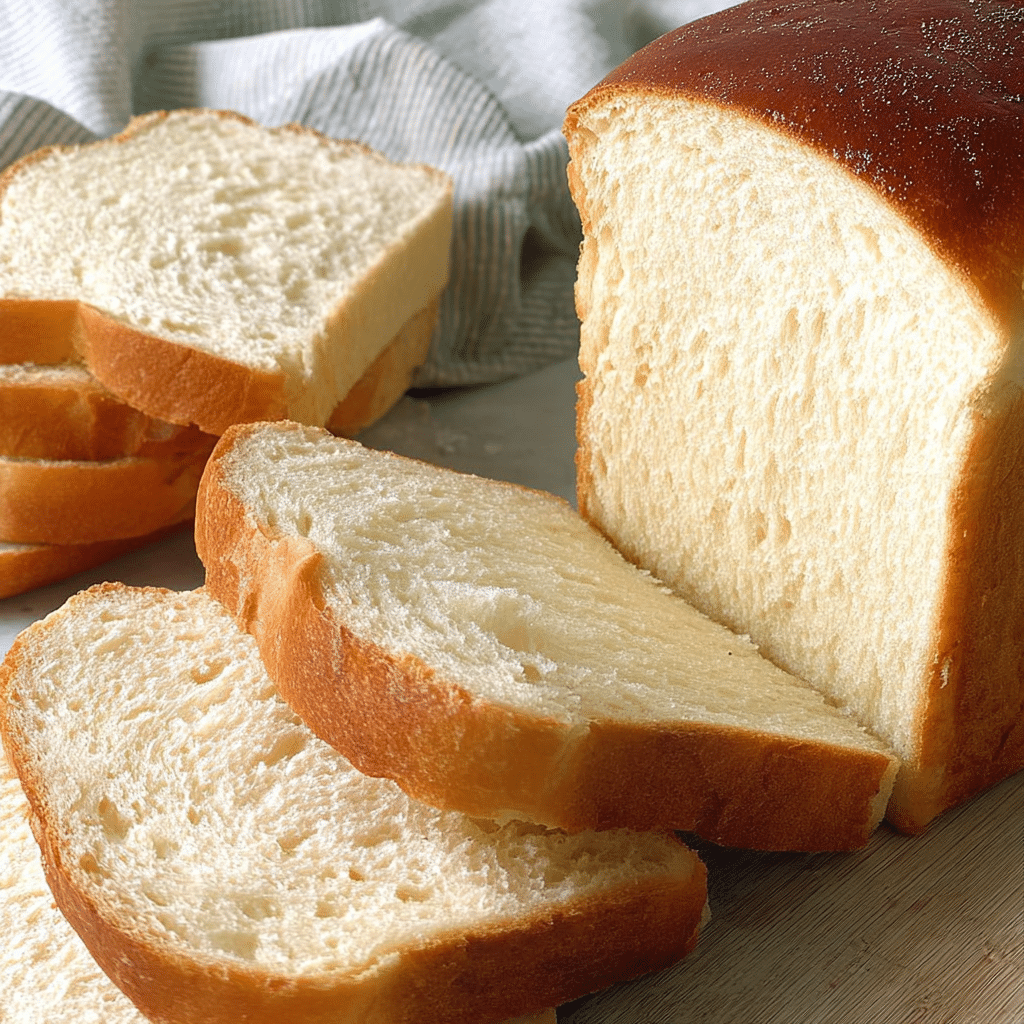
If you’ve ever craved a soft, cloud-like bread that is tender, slightly sweet, and perfectly pillowy, then you’re in for a treat with this Milk Bread Loaf recipe. Known for its delicate texture and subtle richness, the Milk Bread Loaf is a classic favorite that feels like a warm hug in bread form. Whether you’re a beginner baker or someone looking to perfect your homemade bread skills, this easy step-by-step guide will show you how to achieve that soft, fluffy loaf that makes every slice irresistible.
Why You’ll Love This Recipe
- Simple and Fun to Make: This Milk Bread Loaf recipe breaks down baking into easy steps anyone can follow, perfect for first-timers and experienced bakers alike.
- Soft, Fluffy Texture: Thanks to the unique combination of milk and butter, each slice melts in your mouth with a cloud-soft crumb that’s a delight to eat.
- Versatile for Any Meal: Whether at breakfast, lunch, or dinner, this loaf pairs beautifully with everything from jam to savory fillings.
- Gentle Sweetness: The slight sweetness enhances the flavor without overpowering, making it a perfect base for both sweet and savory toppings.
- Great Shelf Life: This bread stays fresh longer thanks to the milk content, so you can enjoy it for days without it drying out quickly.
Ingredients You’ll Need
Each ingredient in this Milk Bread Loaf plays an essential role in creating its signature softness, flavor, and beautiful golden color. You’ll find that the list is straightforward but thoughtfully composed to bring out the best in this loaf.
- Milk: Whole milk adds richness and moisture, contributing to the bread’s tender crumb.
- All-Purpose Flour: Provides the structure, ensuring a soft yet sturdy loaf.
- Butter: Adds a creamy flavor and helps keep the bread moist and tender.
- Sugar: Just enough to give a gentle sweetness and assist in yeast fermentation.
- Active Dry Yeast: The magic ingredient that makes the dough rise and gives the bread its airy texture.
- Salt: Balances flavor and strengthens the gluten for a good loaf texture.
- Egg: Enhances softness and enriches the dough’s color and flavor.
Variations for Milk Bread Loaf
Part of the fun with Milk Bread Loaf is how easily you can make it your own. Whether you want a richer taste, a healthier twist, or something extra special, these variations will inspire you to play around with the basics.
- Whole Wheat Twist: Substitute half of the all-purpose flour with whole wheat for a nutty flavor and added fiber.
- Honey Infusion: Replace sugar with honey to enhance sweetness with a natural floral note.
- Vegan Adaptation: Use plant-based milk, vegan butter, and a flax egg substitute to enjoy a dairy-free version.
- Sesame Topping: Sprinkle toasted sesame seeds on top before baking for a subtle crunch and nutty aroma.
- Chocolate Chip Bread: Fold mini chocolate chips into the dough to turn the loaf into a delightful treat.

How to Make Milk Bread Loaf
Step 1: Prepare the Yeast Mixture
Warm the milk until it’s lukewarm, then stir in a small amount of sugar and the active dry yeast. Let it sit for 5 to 10 minutes until frothy—this proves the yeast is alive and ready to work its magic.
Step 2: Mix the Dough Ingredients
In a large bowl, combine the flour, the rest of the sugar, salt, softened butter, and the egg. Pour in the activated yeast mixture and gently mix everything together until a sticky dough forms.
Step 3: Knead the Dough
Transfer the dough onto a clean surface and knead it for about 10 minutes until it becomes smooth and elastic. Kneading develops the gluten, which is crucial for that soft, airy texture.
Step 4: Let the Dough Rise
Place the dough in a lightly greased bowl, cover it with a clean towel, and let it rise in a warm place until doubled in size. This usually takes 1 to 1.5 hours, depending on your room temperature.
Step 5: Shape the Loaf
Punch down the risen dough, then gently shape it into a loaf. Place it into a greased loaf pan, cover again, and allow it to rise a second time for 30 to 45 minutes until puffed.
Step 6: Bake the Bread
Preheat your oven to 350°F (175°C). Bake the milk bread loaf for 25 to 30 minutes until the top is golden brown and the loaf sounds hollow when tapped.
Step 7: Cool and Enjoy
Remove the bread from the oven and let it cool in the pan for 10 minutes before transferring it onto a wire rack. Allow it to cool completely for clean slicing and best texture.
Pro Tips for Making Milk Bread Loaf
- Milk Temperature Matters: Use lukewarm milk, around 100°F to 110°F, to activate yeast without killing it.
- Kneading is Key: Proper kneading ensures a smooth dough that rises beautifully with a soft crumb.
- Don’t Skip the Double Rise: The two-rise process is essential for maximum fluffiness.
- Butter Should Be Softened: Soft butter incorporates better into the dough for even distribution.
- Check Oven Temperature: Baking at the right temperature prevents a tough crust or undercooked center.
- Use Fresh Yeast: Expired yeast loses its potency and will affect how well your bread rises.
How to Serve Milk Bread Loaf
Garnishes
Milk Bread Loaf shines on its own, but you can add a light spread of honey butter or a dusting of powdered sugar for a sweet touch. Fresh herbs like rosemary or a sprinkle of sea salt add a gourmet flair for savory lovers.
Side Dishes
This bread is a perfect companion to soups, stews, or creamy salads. It soaks up broths wonderfully while adding a tender, gentle sweetness on the side.
Creative Ways to Present
Try slicing and toasting the loaf for sandwiches, or cut it into thick slabs and make French toast for breakfast. You can even cube it for homemade croutons or bread pudding, transforming your loaf into various delicious dishes.
Make Ahead and Storage
Storing Leftovers
Keep your Milk Bread Loaf fresh by storing it in an airtight container or bread box at room temperature for up to two days to maintain its moisture.
Freezing
To extend its shelf life, wrap the loaf tightly in plastic wrap, then place in a freezer-safe bag. Freeze for up to three months without losing softness or flavor.
Reheating
Thaw frozen slices at room temperature and warm gently in a toaster or oven for a few minutes to restore that freshly baked softness and aroma.
FAQs
What makes Milk Bread Loaf different from regular bread?
Milk Bread Loaf uses milk, butter, and eggs in the dough, which creates a richer and softer texture than typical yeast breads made with just flour and water.
Can I use instant yeast instead of active dry yeast?
Yes, you can swap active dry yeast for instant yeast by reducing the amount slightly and adding it directly to the flour instead of activating in milk first.
How do I know when the bread is fully baked?
The loaf should have a golden brown crust and sound hollow when tapped on the bottom. An internal temperature around 190°F (88°C) also indicates doneness.
Can I make this recipe with non-dairy milk?
Absolutely! Non-dairy milks like almond, soy, or oat milk work well but might slightly alter the flavor and texture.
Why is my bread dense instead of fluffy?
This usually happens with under-kneaded dough, insufficient rising time, or incorrect yeast activity. Make sure the dough is kneaded well and allowed to rise fully twice.
Final Thoughts
This Milk Bread Loaf recipe is a wonderful way to bring homemade magic into your kitchen with a loaf that feels both comforting and special. As you master this soft and fluffy bread, you’ll find it quickly becoming a household staple for all your meals and snacks. So grab your ingredients, have fun baking, and enjoy the delicious moments that come fresh from your oven!
Related Posts
- Easy Lemon Garlic Butter Beans Recipe to Try
- Easy White Cheddar Spinach Chicken Burgers Recipe
- Why Roasted Herb Butter Chicken Is a Must-Try Meal
Milk Bread Loaf
This Milk Bread Loaf recipe delivers a soft, cloud-like bread that is tender, slightly sweet, and perfectly pillowy. Featuring a delicate texture and subtle richness from milk, butter, and eggs, this classic homemade bread is easy to make and ideal for any meal. Its gentle sweetness and fluffy crumb make every slice irresistibly comforting, perfect for beginners and seasoned bakers alike.
- Prep Time: 20 minutes
- Cook Time: 30 minutes
- Total Time: 2 hours 20 minutes
- Yield: 1 loaf (about 10-12 slices) 1x
- Category: Breads
- Method: Baking
- Cuisine: Japanese-inspired
- Diet: Vegetarian
Ingredients
Main Ingredients
- 1 cup (240 ml) whole milk, lukewarm (100°F to 110°F)
- 3 cups (360 g) all-purpose flour
- 3 tbsp (42 g) unsalted butter, softened
- 2 tbsp (25 g) sugar
- 2 tsp (7 g) active dry yeast
- 1 tsp (6 g) salt
- 1 large egg
Instructions
- Prepare the Yeast Mixture: Warm the milk until lukewarm, then stir in 1 teaspoon of the sugar and the active dry yeast. Let it sit for 5 to 10 minutes until frothy, proving the yeast is active and ready.
- Mix the Dough Ingredients: In a large bowl, combine the flour, remaining sugar, salt, softened butter, and the egg. Pour in the activated yeast mixture and gently mix until a sticky dough forms.
- Knead the Dough: Transfer the dough to a clean surface and knead for about 10 minutes until smooth and elastic, developing the gluten essential for a soft texture.
- Let the Dough Rise: Place the dough in a lightly greased bowl, cover with a clean towel, and let it rise in a warm place until doubled in size, about 1 to 1.5 hours.
- Shape the Loaf: Punch down the risen dough, gently shape it into a loaf, and place it into a greased loaf pan. Cover again and let it rise a second time for 30 to 45 minutes until puffed.
- Bake the Bread: Preheat the oven to 350°F (175°C). Bake the loaf for 25 to 30 minutes until golden brown on top and hollow-sounding when tapped.
- Cool and Enjoy: Remove bread from the oven and cool in the pan for 10 minutes. Then transfer to a wire rack and let it cool completely before slicing for best texture.
Notes
- Use lukewarm milk (100°F to 110°F) to activate yeast without killing it.
- Knead dough well for a smooth, elastic texture that rises properly.
- Allow two rises for maximum fluffiness and light crumb.
- Use softened butter so it incorporates evenly into the dough.
- Ensure oven is preheated and at correct temperature for even baking.
- Use fresh yeast to guarantee proper rising and texture.
Nutrition
- Serving Size: 1 slice (about 50 g)
- Calories: 130 kcal
- Sugar: 3 g
- Sodium: 150 mg
- Fat: 4.5 g
- Saturated Fat: 2.5 g
- Unsaturated Fat: 1.5 g
- Trans Fat: 0 g
- Carbohydrates: 20 g
- Fiber: 1 g
- Protein: 4 g
- Cholesterol: 30 mg
Keywords: milk bread, soft bread, fluffy bread, homemade bread, Japanese milk bread, milk loaf, tender bread, baking bread

